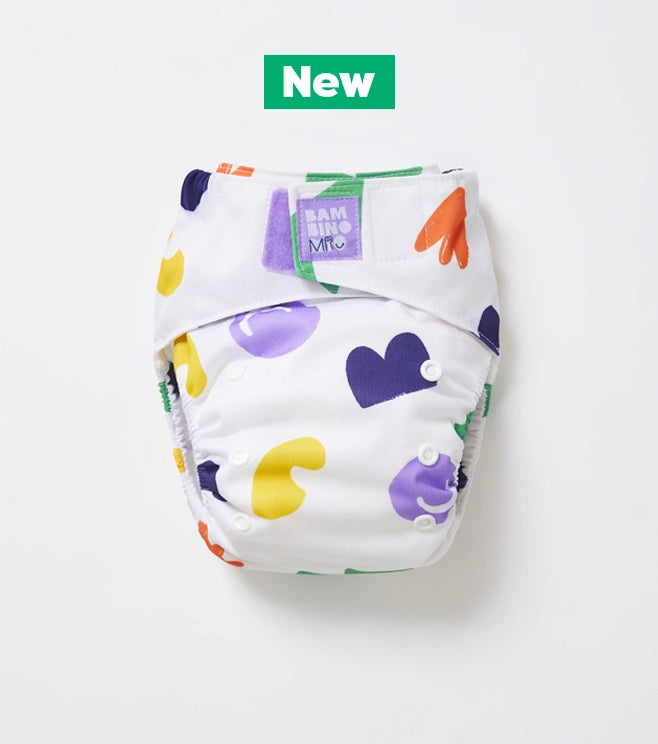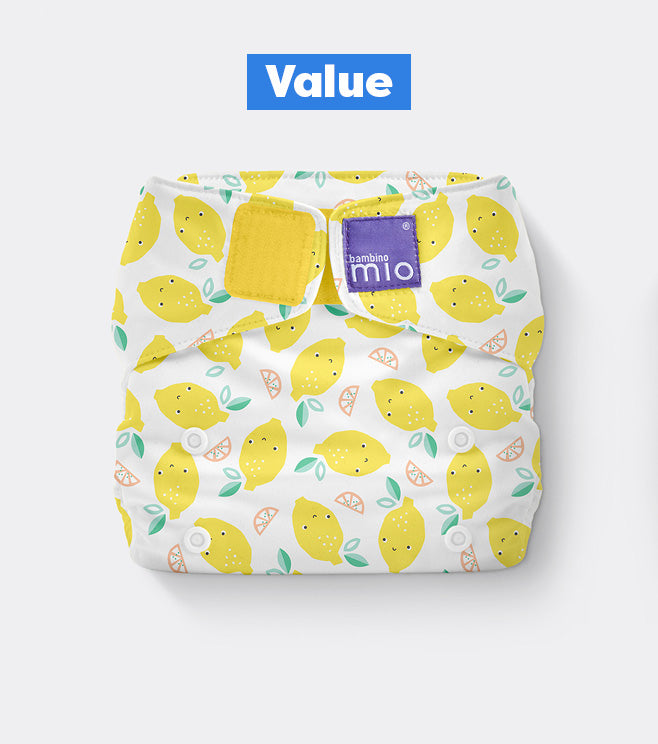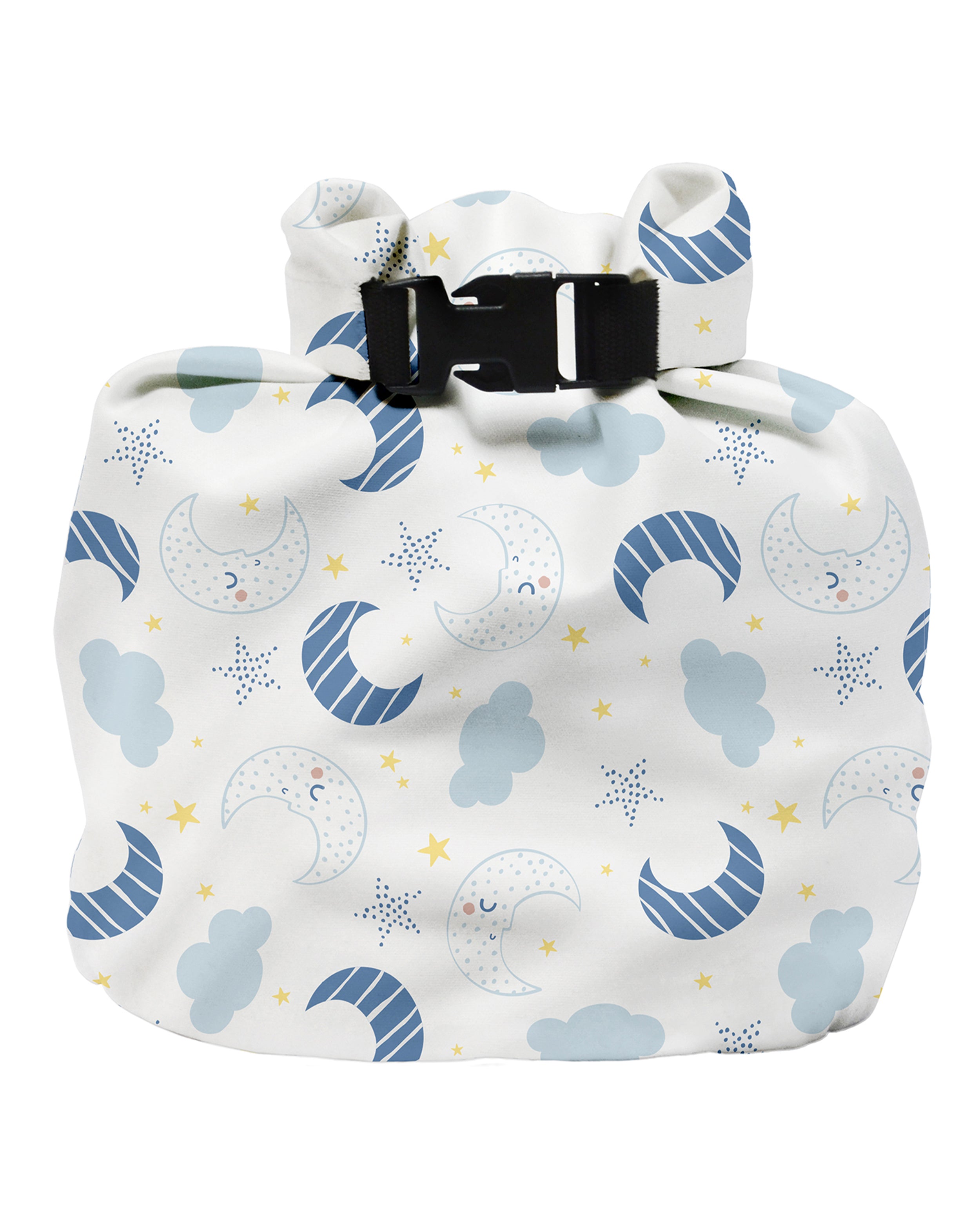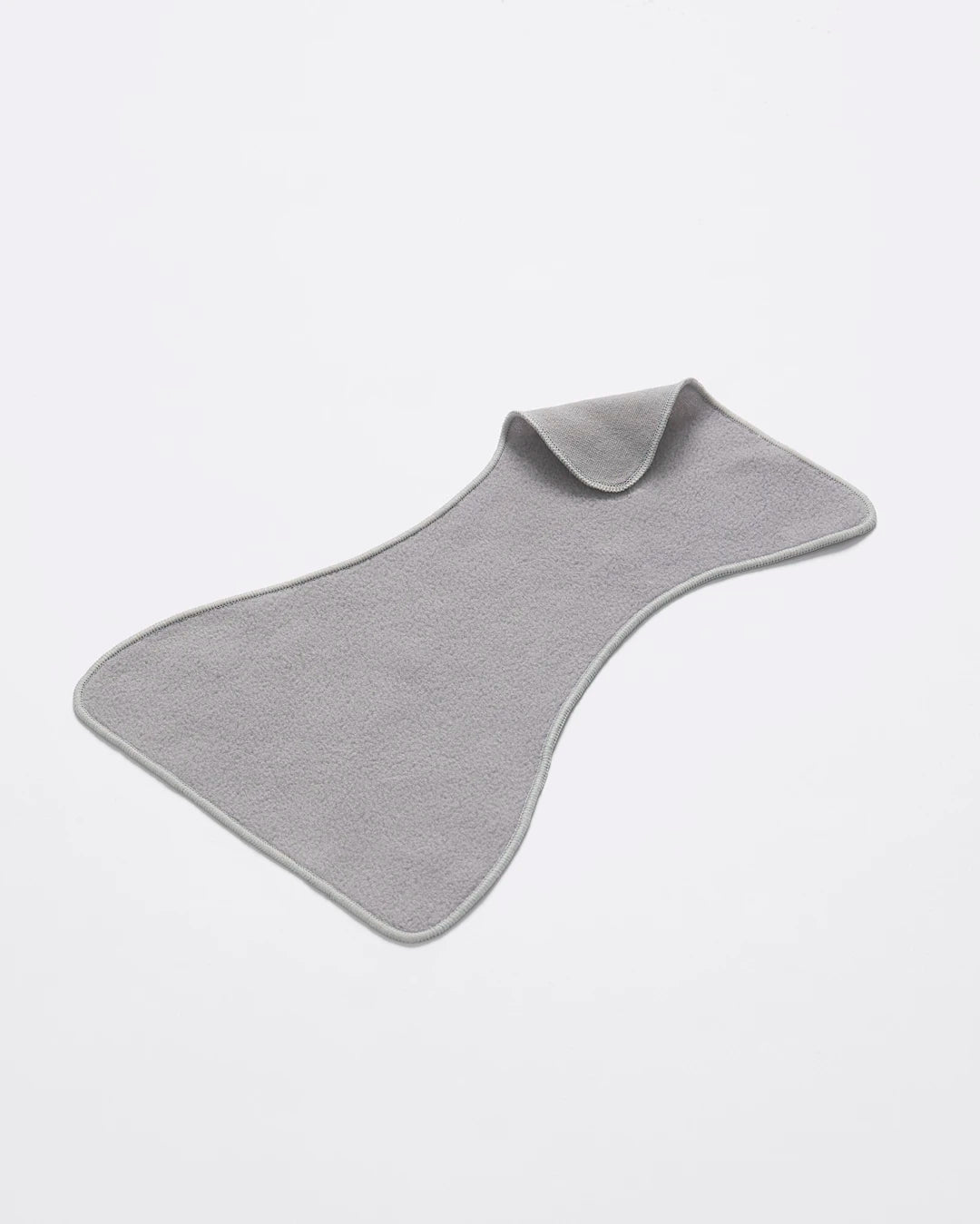Cervix | Glossary of Pregnancy & Baby Term
Share Options
- Bambino Mio
- 24 / 07 / 2023
Inside this Article:
What is the cervix?
Your cervix (1) is the narrow muscular tunnel which connects your vagina to your uterus (2). Also known as the neck of the womb, your cervix allows fluids to enter and leave your womb. It also opens during labour and childbirth (3) so your baby can be born.
What does my cervix do?
Your cervix serves as a passage for fluids and it also helps to maintain your pregnancy by staying closed until you go into labour.
Your cervix also:
- Acts as a passage for your menstrual blood each month
- Acts as a passage for sperm to enter your womb to fertilise an egg
- Controls whether sperm get through into your womb or not by secreting a thinner, less acidic mucus (4) which mkes it easier for sperm to get through when you’re ovulating
- Helps to maintain a pregnancy by staying closed and creating a mucus plug (5) which protects your womb and baby against infection
- Controls when your baby leaves your womb during childbirth by softening, thinning and dilating (6) to let your baby out
- Protects your uterus from infection and also from objects like tampons from entering your womb
What does my cervix look like?
Your cervix is shaped like a tube and it’s wider in the middle, with narrow entrances at the top (where it opens to the womb) and the bottom (where it opens to the vagina).
Your cervix consists of:
- The internal os, the opening which leads to your uterus
- The endocervical canal, the tunnel which connects the internal os to your ectocervix
- The ectocervix, the part which protrudes slightly into the top of your vagina
- The external os, the opening of the cervix which connects to the vagina
How big is my cervix?
Your cervix is around 2.5cm (1in) long, although this can vary. If you’ve given birth your cervix is usually larger and it’s also larger during your reproductive years than it is after menopause (7).
Can I touch my cervix?
Yes, you can touch your cervix, although it’s easier during the later stage of your menstrual cycle. If you insert your longest finger (wash your hands first) into your vagina you should be able to feel a donut-shaped barrier - that’s your cervix.
When you’re ovulating your cervix is higher up and may be harder to reach.
What is my cervix made of?
Your cervix is made of very strong muscular fibres and it’s lined with two types of epithelia (8), or lining - glandular cells along the endocervical canal and squamous cells over the ectocervix. These squamous cells also line your vagina.
Citations and References
- Cleveland Clinic. ‘Body Systems and Organs. Cervix.’ 2022. Web. my.clevelandclinic.org/health/body/23279-cervix
- National Institutes of Health (NIH). National Library of Medicine. ‘Anatomy, Abdomen and Pelvis: Uterus.’ 2022. Web. https://www.ncbi.nlm.nih.gov/books/NBK470297
- National Health Service (NHS). ‘Labour and Birth. What Happens in Labour and Birth.’ Web. www.nhs.uk/pregnancy/labour-and-birth/what-happens
- Cleveland Clinic. ‘Body Systems and Organs. Cervical Mucus.’ 2021. Web. my.clevelandclinic.org/health/body
- Cleveland Clinic. ‘Mucus Plug.’ 2021. Web. my.clevelandclinic.org/health/symptoms/21606-mucus-plug
- National Institutes of Health (NIH). National Library of Medicine. ‘Physiology, Cervical Dilation.’ 2023. Web. www.ncbi.nlm.nih.gov/books/NBK557582
- National Health Service (NHS). ‘A to Z of Health. Menopause.’ 2022. Web. www.nhs.uk/conditions/menopause
- Cleveland Clinic. ‘Epithelium.’ 2021. Web. my.clevelandclinic.org/health/articles/22062-epithelium




























